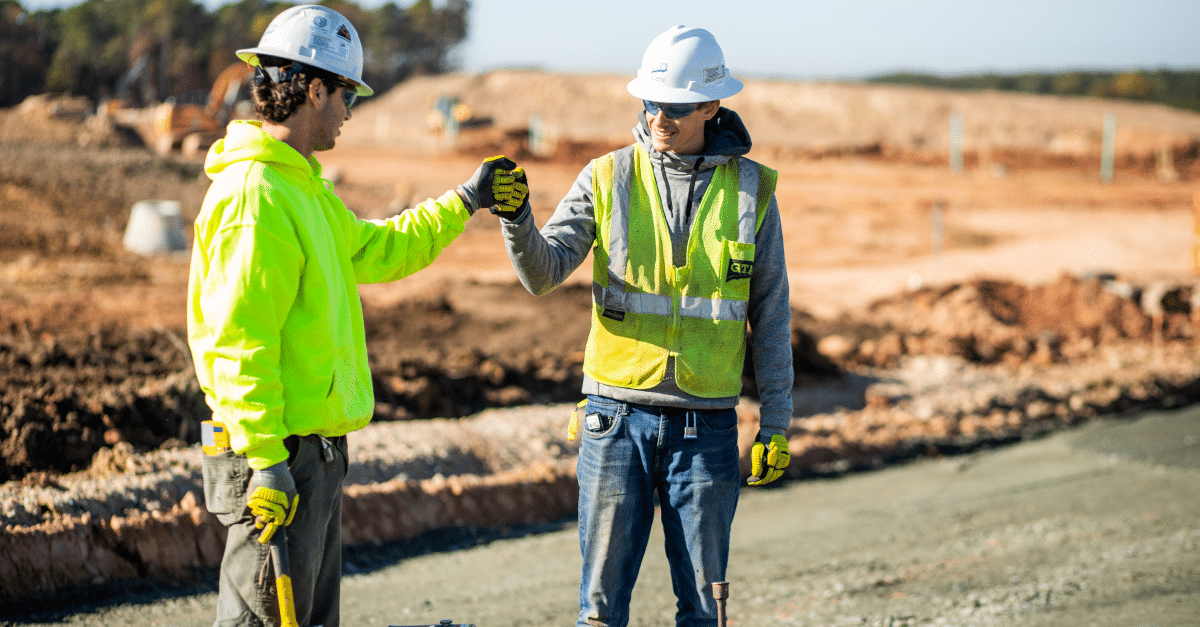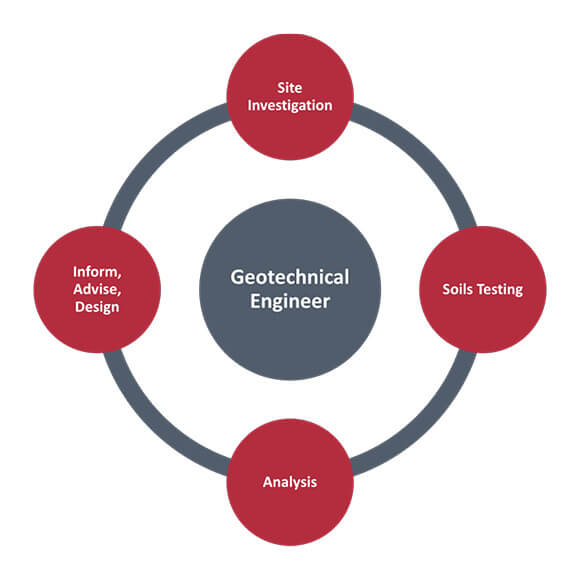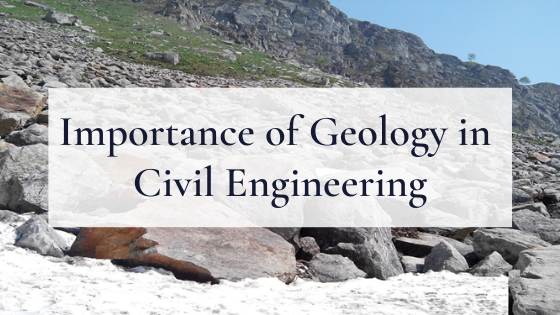Our Geotechnical Engineering For Construction Projects Ideas
Examine This Report on Geotechnical Engineering For Construction Projects
Table of ContentsGeotechnical Engineering For Construction Projects Things To Know Before You Get This6 Simple Techniques For Geotechnical Engineering For Construction ProjectsThe 5-Minute Rule for Geotechnical Engineering For Construction ProjectsThe Definitive Guide for Geotechnical Engineering For Construction ProjectsGeotechnical Engineering For Construction Projects for DummiesThe Geotechnical Engineering For Construction Projects IdeasNot known Details About Geotechnical Engineering For Construction Projects
Principles and Method of Ground Enhancement. Ground Improvement Principles And Applications In Asia. Design evaluation in rock technicians.Cengage Knowing, Stamford, 666 p. Atkinson, J., 2007. The mechanics of dirts and structures. The Observational Technique in ground engineering concepts and applications.
Some Known Factual Statements About Geotechnical Engineering For Construction Projects
Laboratory and area testing plays a critical duty in this process. By removing samples from the earth's subsurface and using a collection of examinations, geotechnical engineers can forecast the behaviour of soil layers and assess their suitability for various building and construction endeavours. The essence of geotechnical engineering in civil design can not be overemphasized, attributable to several aspects: The first action in any geotechnical research study involves figuring out the soil type at the building website.
The structure acts as the bedrock of any kind of building and construction task. Choosing the suitable foundation type is a choice that pivots on the extensive analysis provided by geotechnical design.

Geotechnical site investigation is a vital action in the planning and execution of any construction task. It includes the collection and analysis of data related to the physical homes of soil and rock under a recommended building website. This info is crucial for the style and building and construction of risk-free, steady, and sustainable frameworks.
Geotechnical Engineering For Construction Projects - Truths
In this blog site, we will look into the value of geotechnical site examination, its various elements, and just how it benefits building and construction tasks. Geotechnical website investigation, additionally referred to as subsurface expedition, involves a series of activities focused on figuring out the dirt, rock, and groundwater conditions at a building website. The primary goals are to determine possible geotechnical hazards, evaluate the design buildings of subsurface materials, and offer suggestions for the style and building and construction of foundations, keeping wall surfaces, and various other frameworks.
The desk study helps in identifying possible geotechnical problems and preparing the succeeding fieldwork. This involves observing the topography, water drainage patterns, existing frameworks, vegetation, and any kind of indications of instability or erosion.
Not known Incorrect Statements About Geotechnical Engineering For Construction Projects
Shallow test pits are dug deep into to directly observe and sample the dirt and rock. This approach serves for studying the upper layers of the subsurface and identifying near-surface dangers. Non-invasive geophysical approaches, such as seismic refraction, ground-penetrating radar (GPR), and electrical resistivity tomography (ERT), are utilized to map subsurface problems and identify anomalies.
Dirt and rock examples accumulated during the field investigation are subjected to laboratory screening to identify their physical and mechanical residential or commercial properties. Usual laboratory tests include grain size evaluation, dig this Atterberg restrictions, compaction tests, triaxial shear tests, and loan consolidation tests. These examinations provide vital information for geotechnical evaluation and style. The data gathered from the workdesk research, website reconnaissance, area examination, and laboratory testing are analyzed and interpreted to create a comprehensive understanding of the subsurface conditions.
The main benefit of geotechnical site investigation is making sure the safety and stability of frameworks. By understanding the subsurface problems, designers can design structures and various other structural aspects that can stand up to the loads and environmental forces they will certainly undergo. This reduces the threat of settlement, subsidence, and structural failing.
The 5-Second Trick For Geotechnical Engineering For Construction Projects
Recognizing soil features can guide the selection of excavation techniques, dewatering approaches, and ground enhancement steps. This ensures effective and secure building and construction methods. Geotechnical site examinations are frequently needed by developing codes and guidelines. Complying with these requirements makes sure conformity with legal and safety and security standards, preventing prospective lawful obligations and task delays.
This info is invaluable for job supervisors, designers, and contractors in developing realistic schedules, budget plans, and backup plans. Geotechnical Engineering for Construction Projects. Skyscraper in a Coastal AreaIn a coastal city, a skyscraper residential building was intended on a site with thought loose sand deposits and a high water table. A thorough geotechnical examination, consisting of borehole exploration, CPT, and geophysical surveys, was conducted
Our Geotechnical Engineering For Construction Projects Ideas
Based upon these findings, the foundation layout was customized to consist of deep stack foundations expanding into secure strata, and ground improvement techniques, such as vibro-compaction, were applied to alleviate liquefaction risks. This aggressive strategy made certain the security and security of the building while avoiding pricey post-construction removal. Facilities Growth on a Sloping TerrainA major framework job, involving the construction of a freeway and bridges, was about his prepared on a sloping terrain with steep slopes.

The Leaning Tower of Pisa (Italy), a legendary architectural wonder, is infamous for its unexpected tilt from significant geotechnical problems. The tower's structure was inadequately created to manage the soft, unsteady dirt below it, causing uneven settlement and its distinct lean. Our globe is dotted with excellent infrastructure projectsfrom towering skyscrapers to sprawling bridgesall standing testament to the evolution of the various building devices and methods offered.
Geotechnical design is a customized field within civil design that concentrates on studying the habits of planet products. This branch dives deep into the groundinvestigating just how the dirt, rock, and groundwater at a construction site can influenceand be affected bythe infrastructure that we set up on and right into them. Prior to a solitary block is laid or a concrete structure poured, geotechnical designers probe right into the earthgathering essential information about the site's soil make-up, rock framework, and groundwater degrees.
Rumored Buzz on Geotechnical Engineering For Construction Projects

is a tool used to assess the honesty and load-bearing ability of piles during installation, leveraging the concept of wave propagation. It maximizes construction performance by offering real-time assessments, thus guaranteeing safe and efficient pile foundations. One of the practical applications of geotechnical design includes determining and executing the appropriate techniques for foundation building.
Load driving stands for greater than the simple act of inserting architectural aspects into the ground. However, it is a meticulously managed process of moving a framework's tons past the less secure soil layers more detailed to the surfacedown to the a lot more significant strata that exist below. When it comes to stack driving, consider just how geotechnical engineers expertly utilize this technique to uniformly distribute the structure's weight.